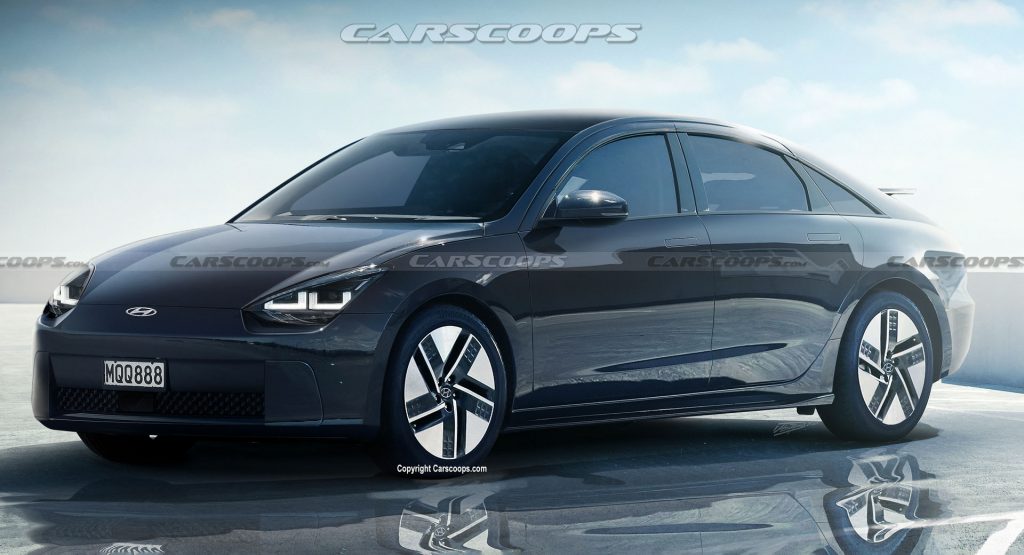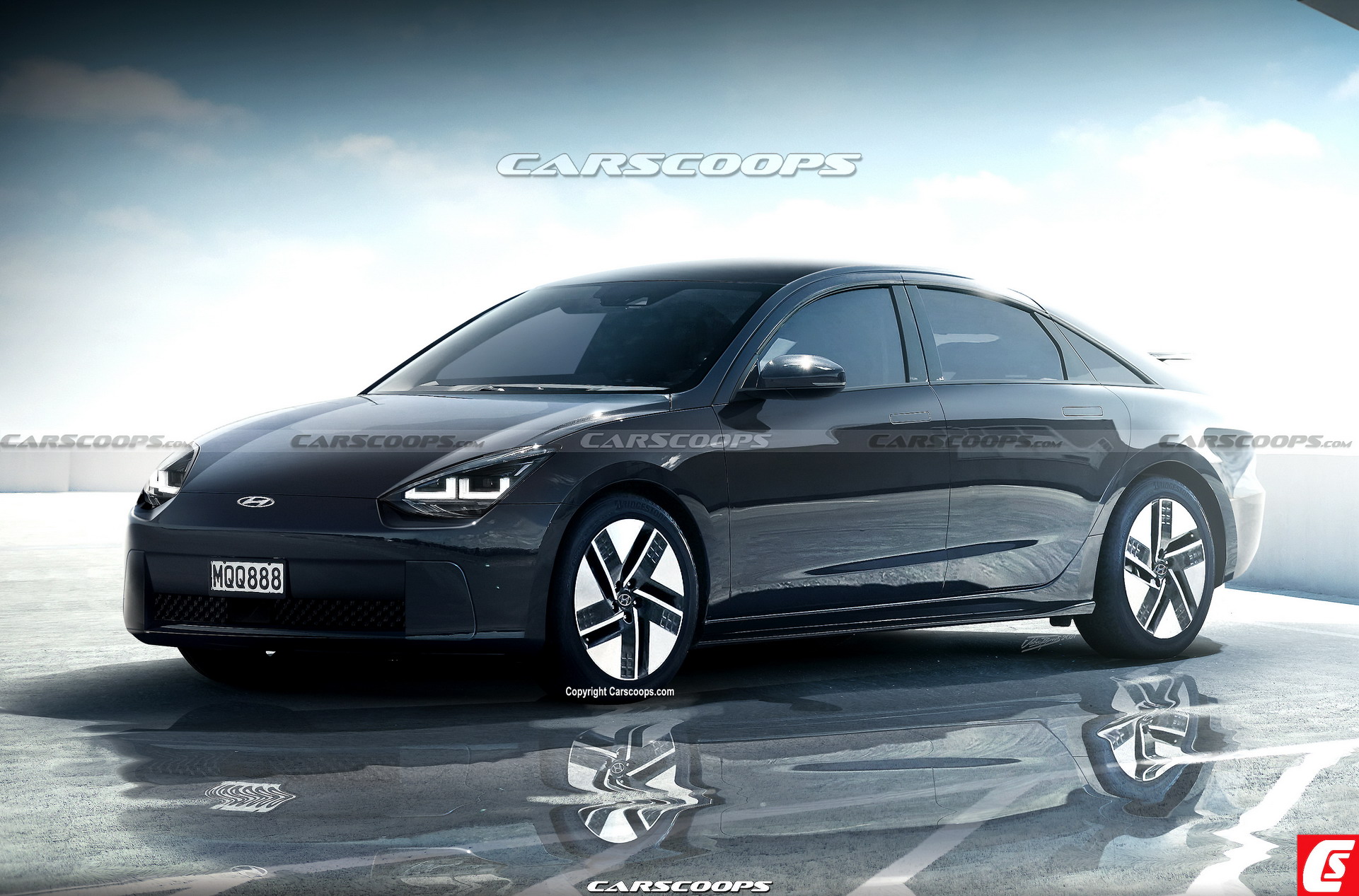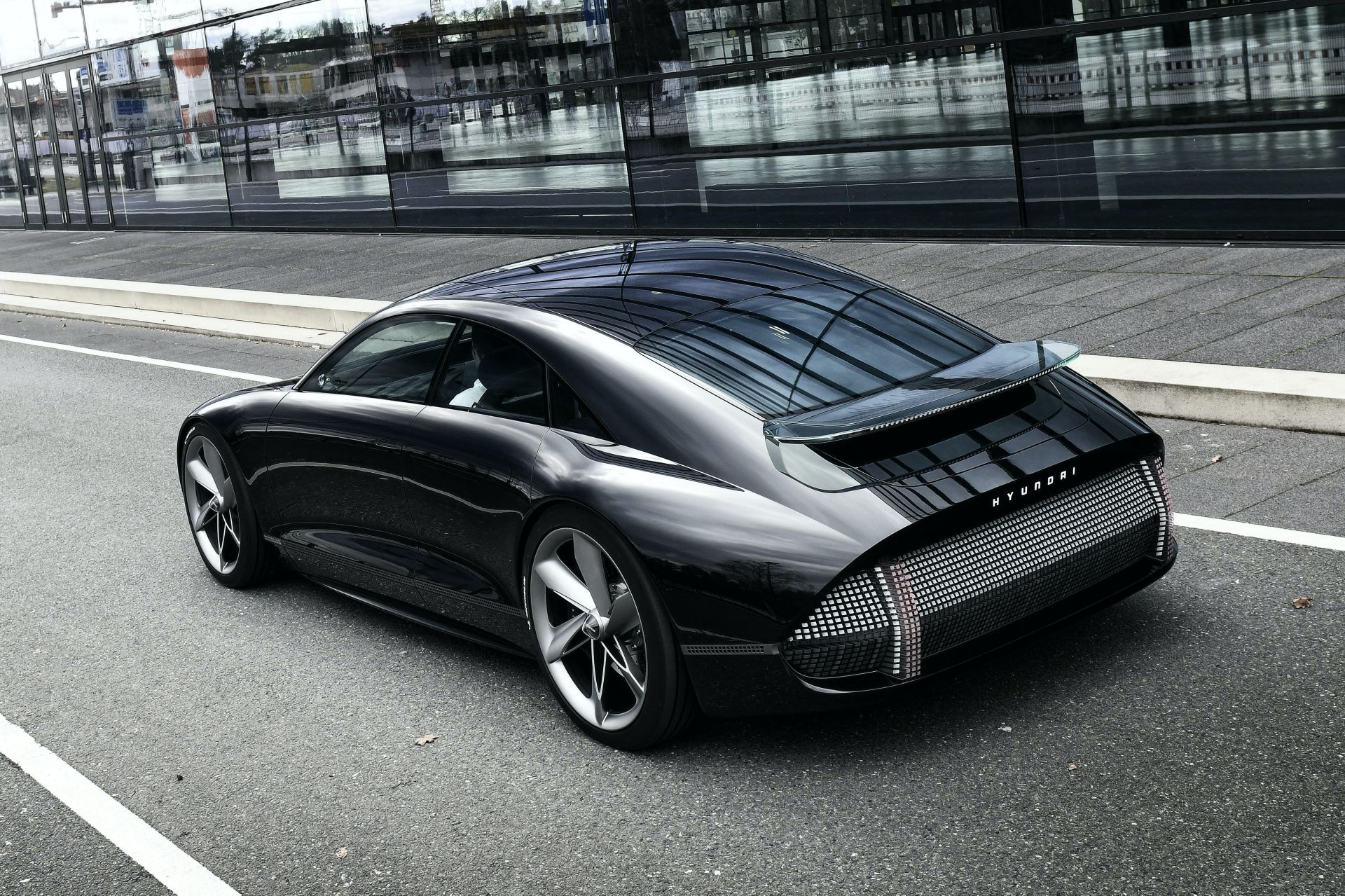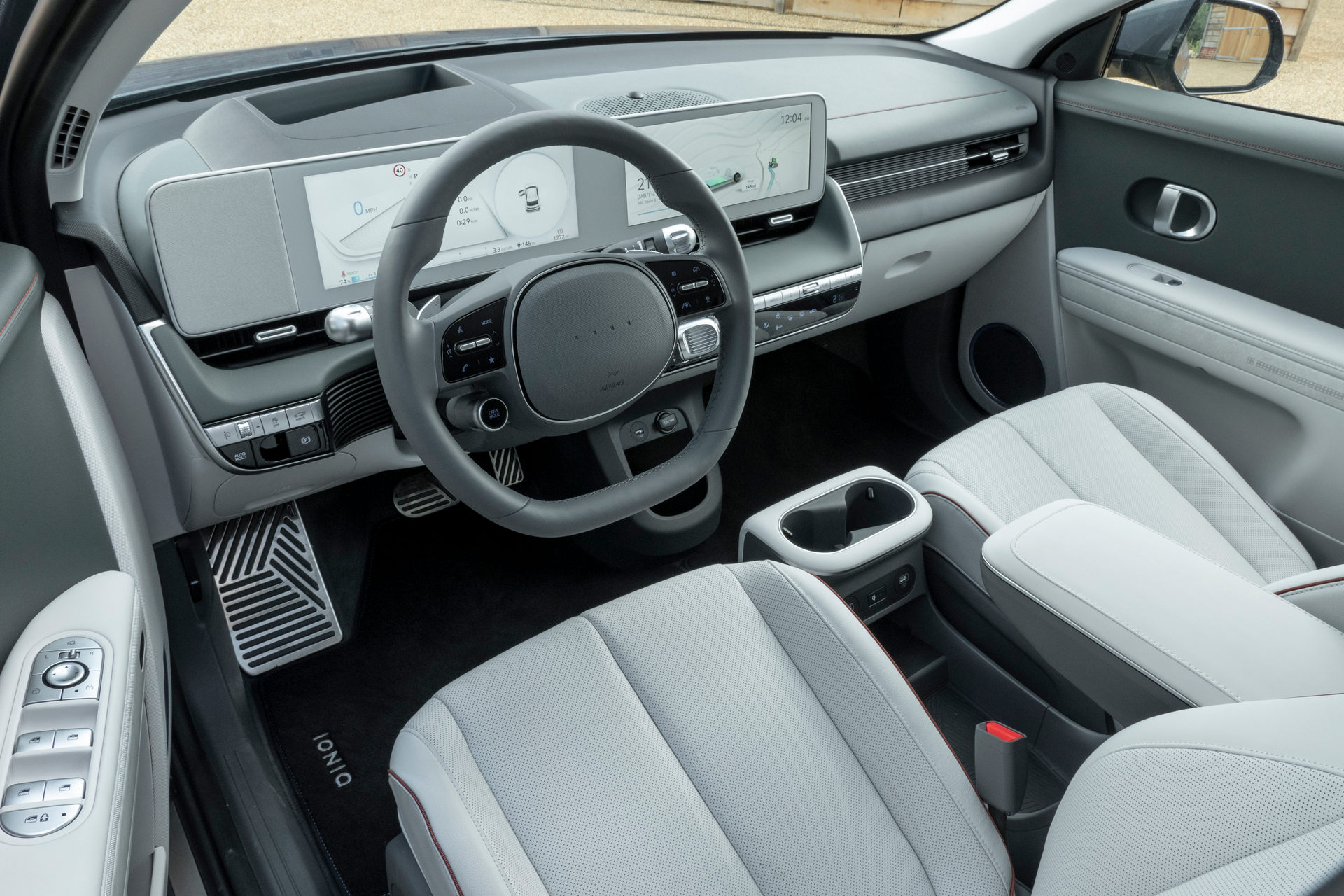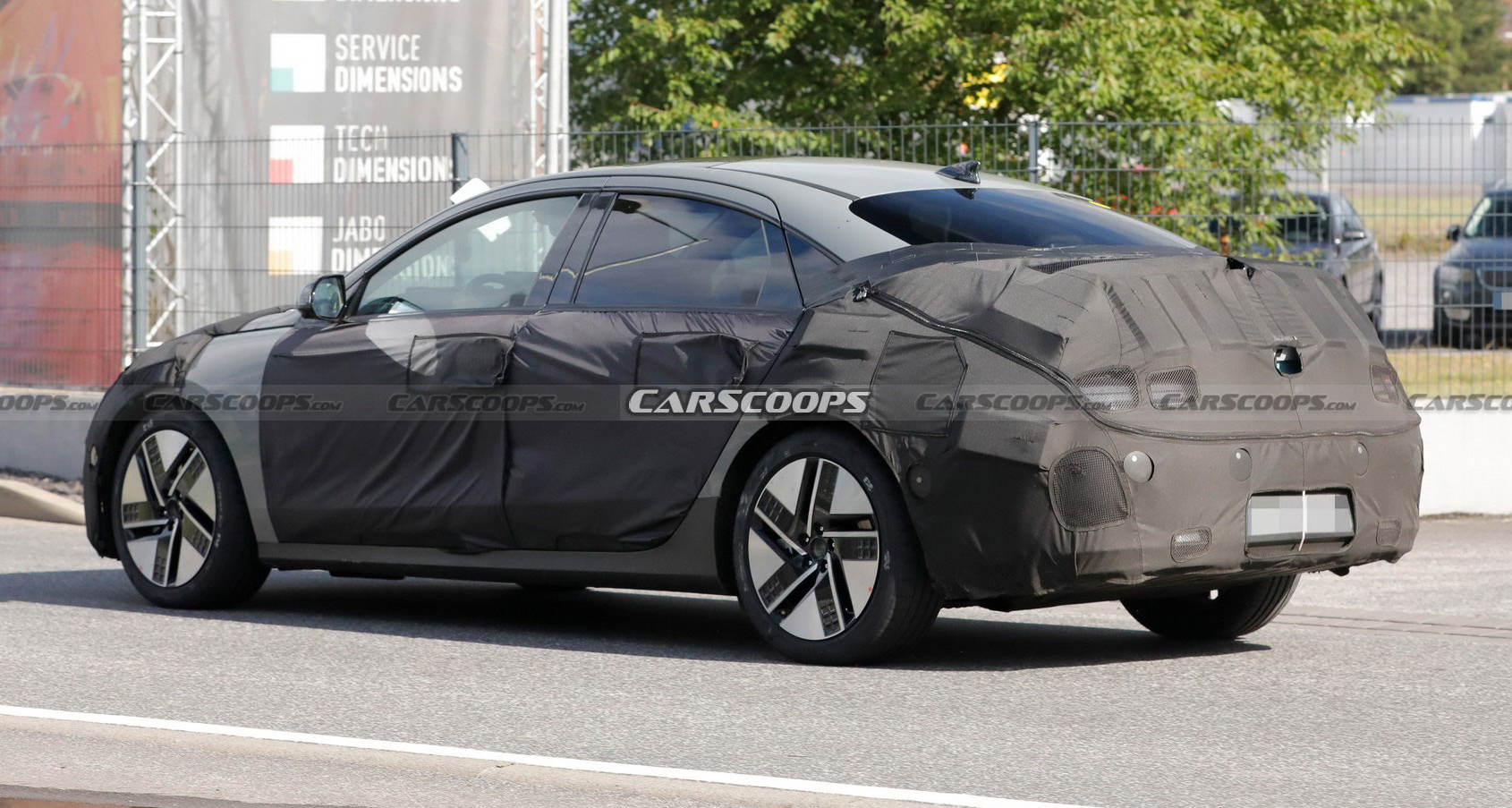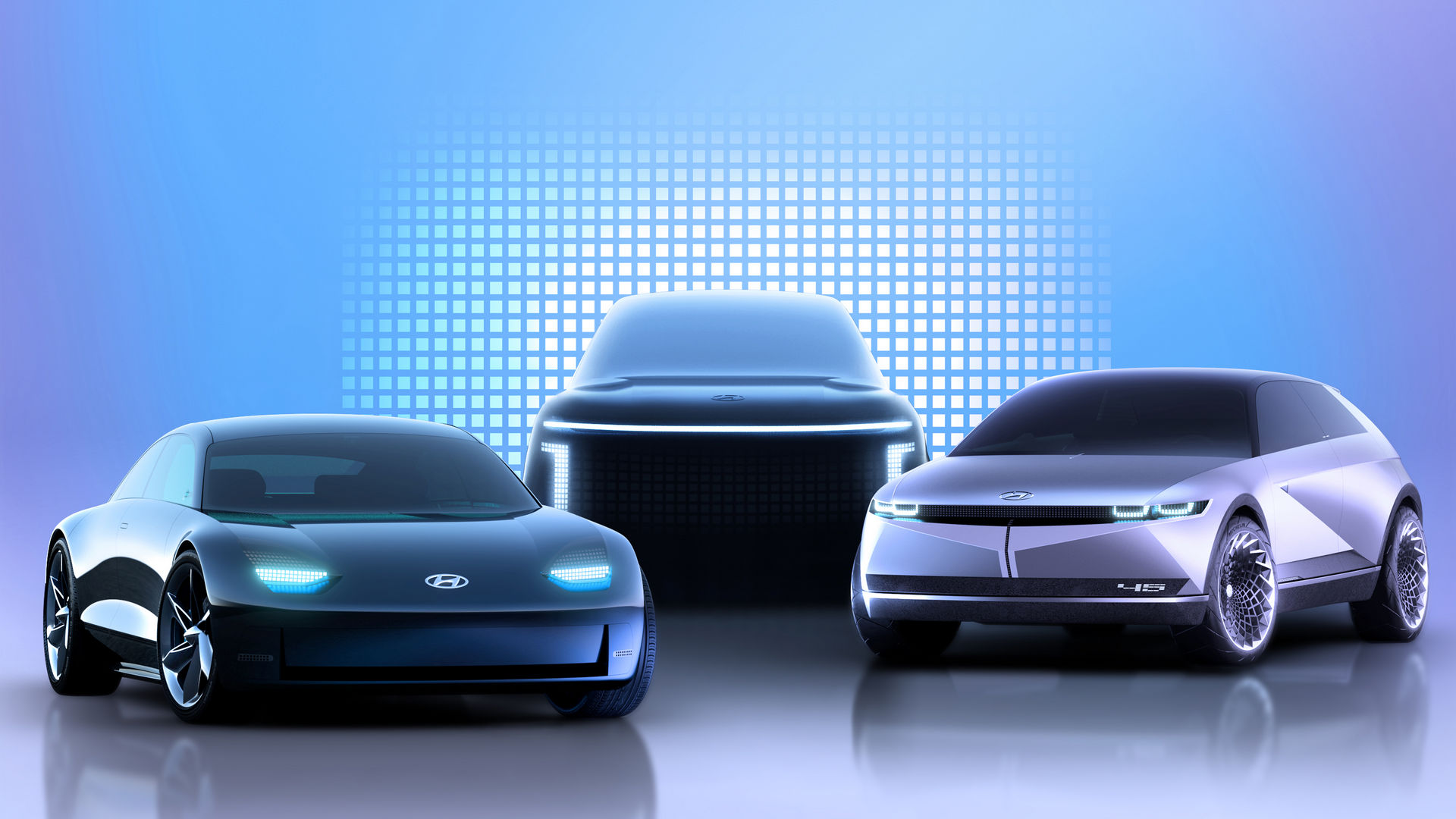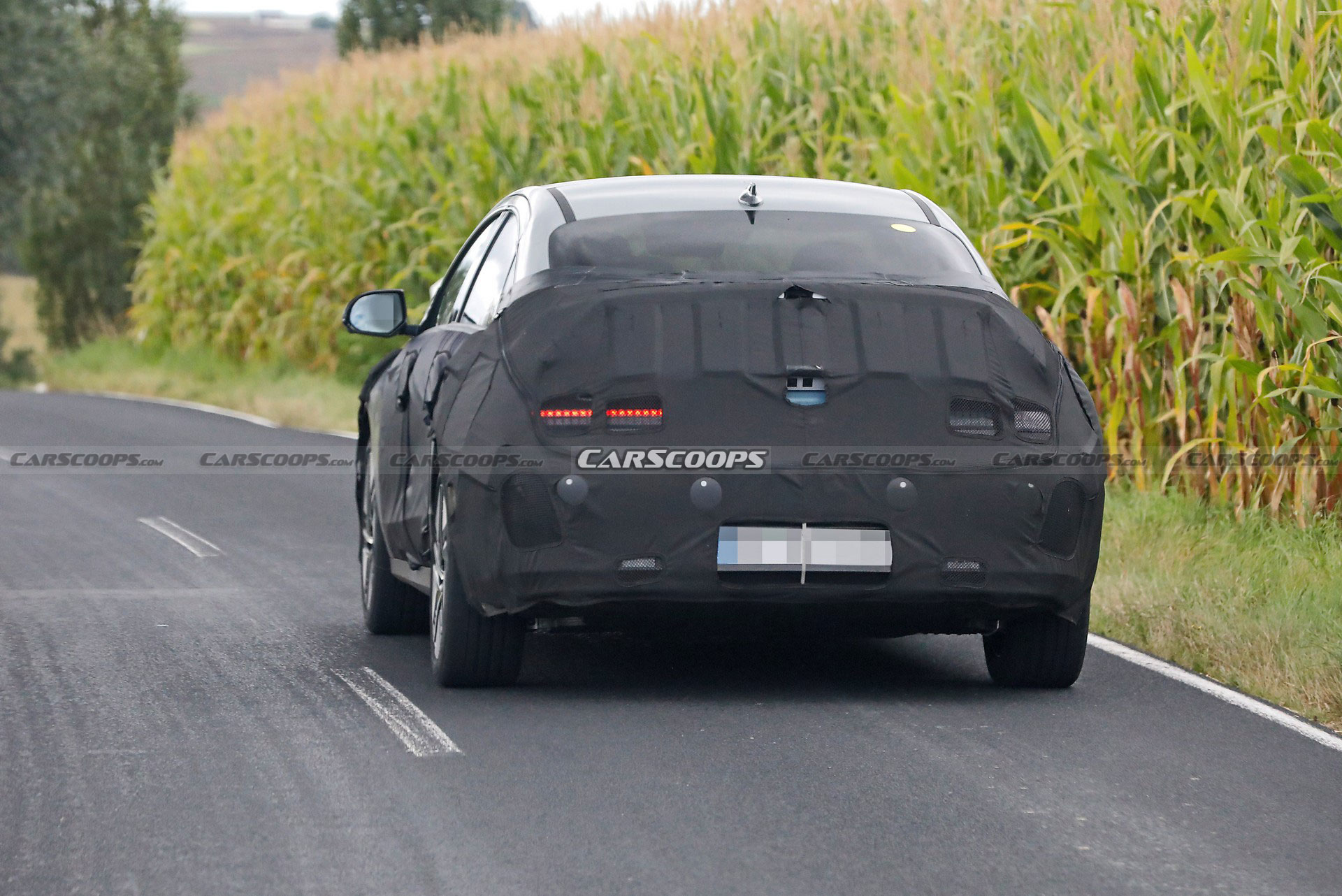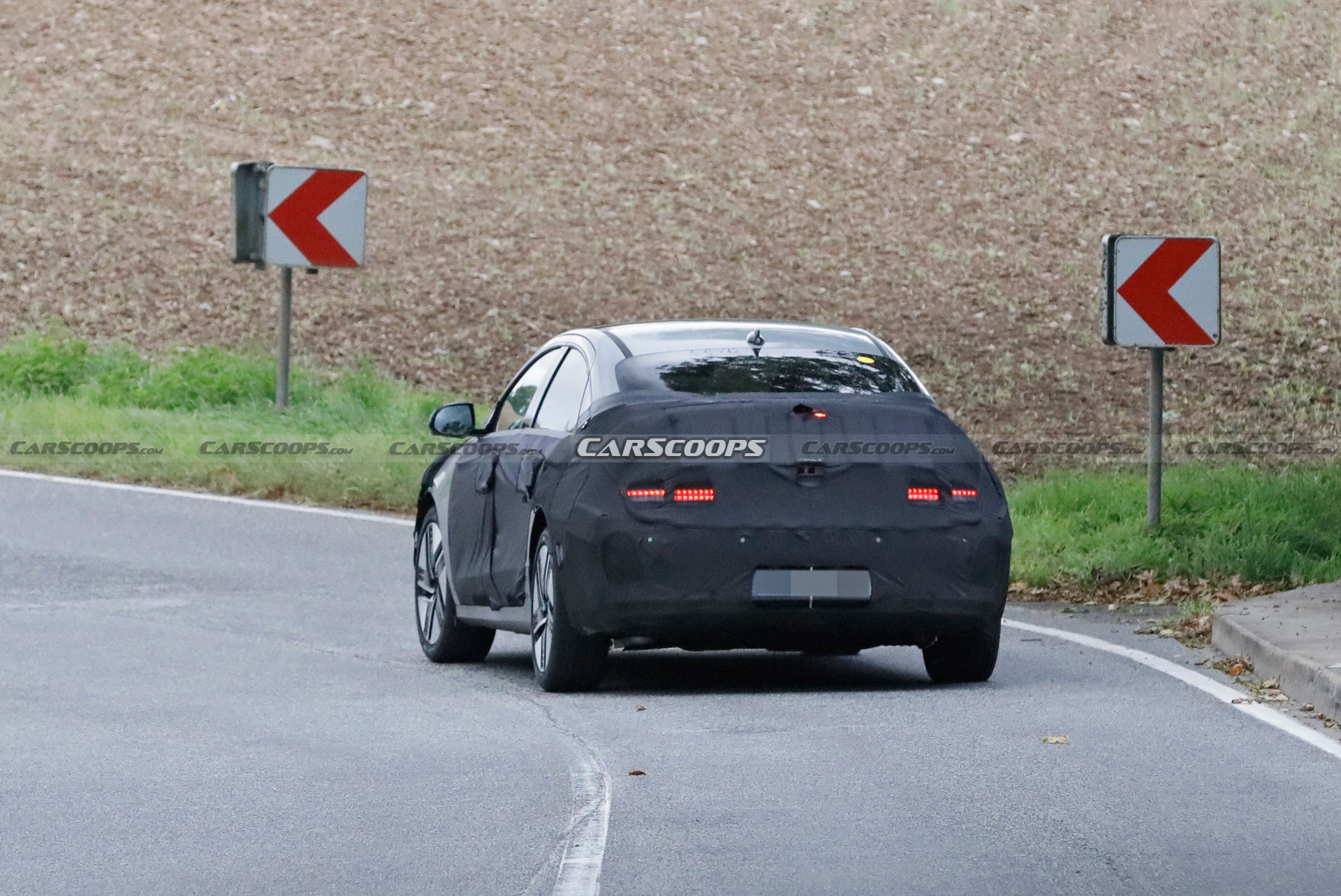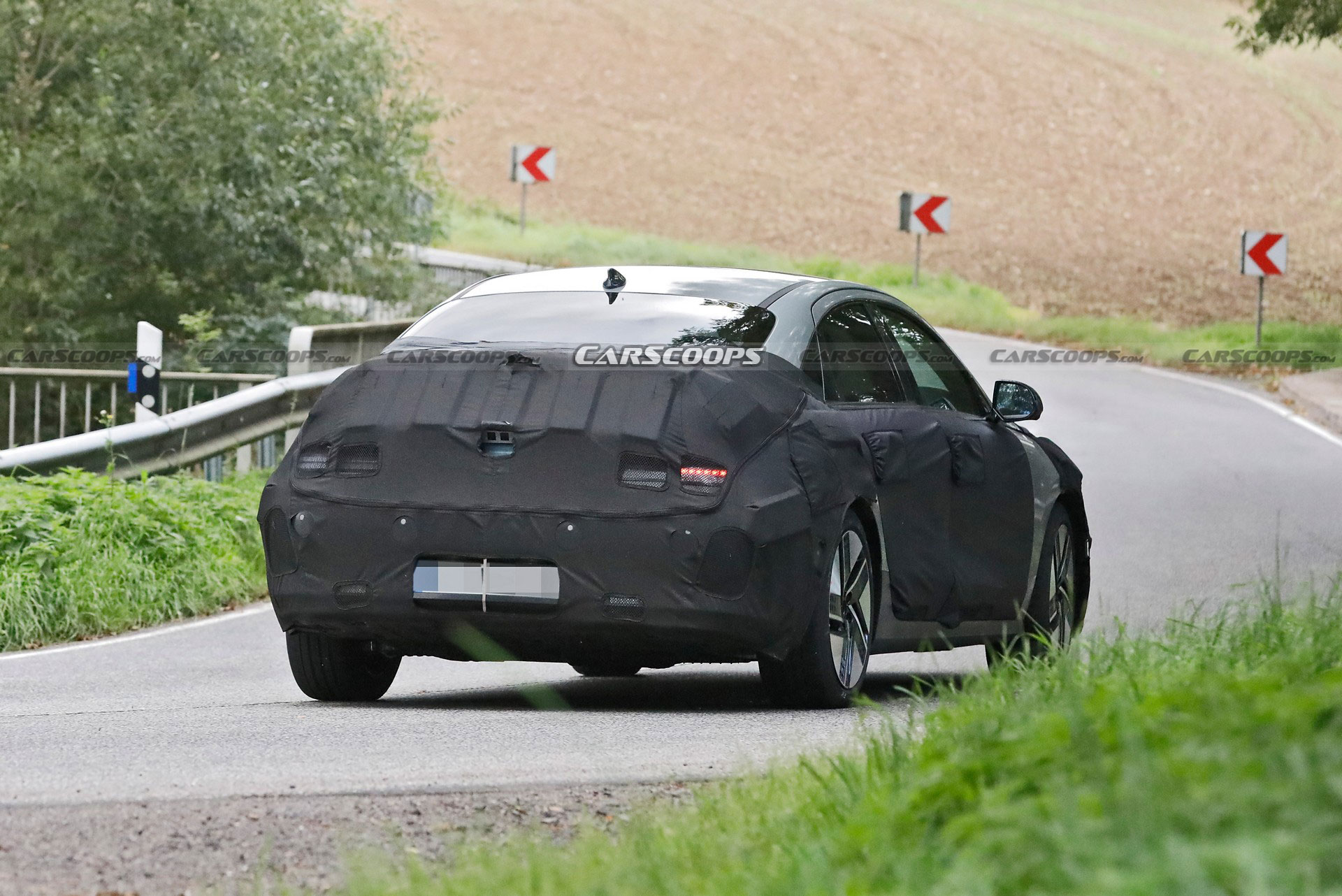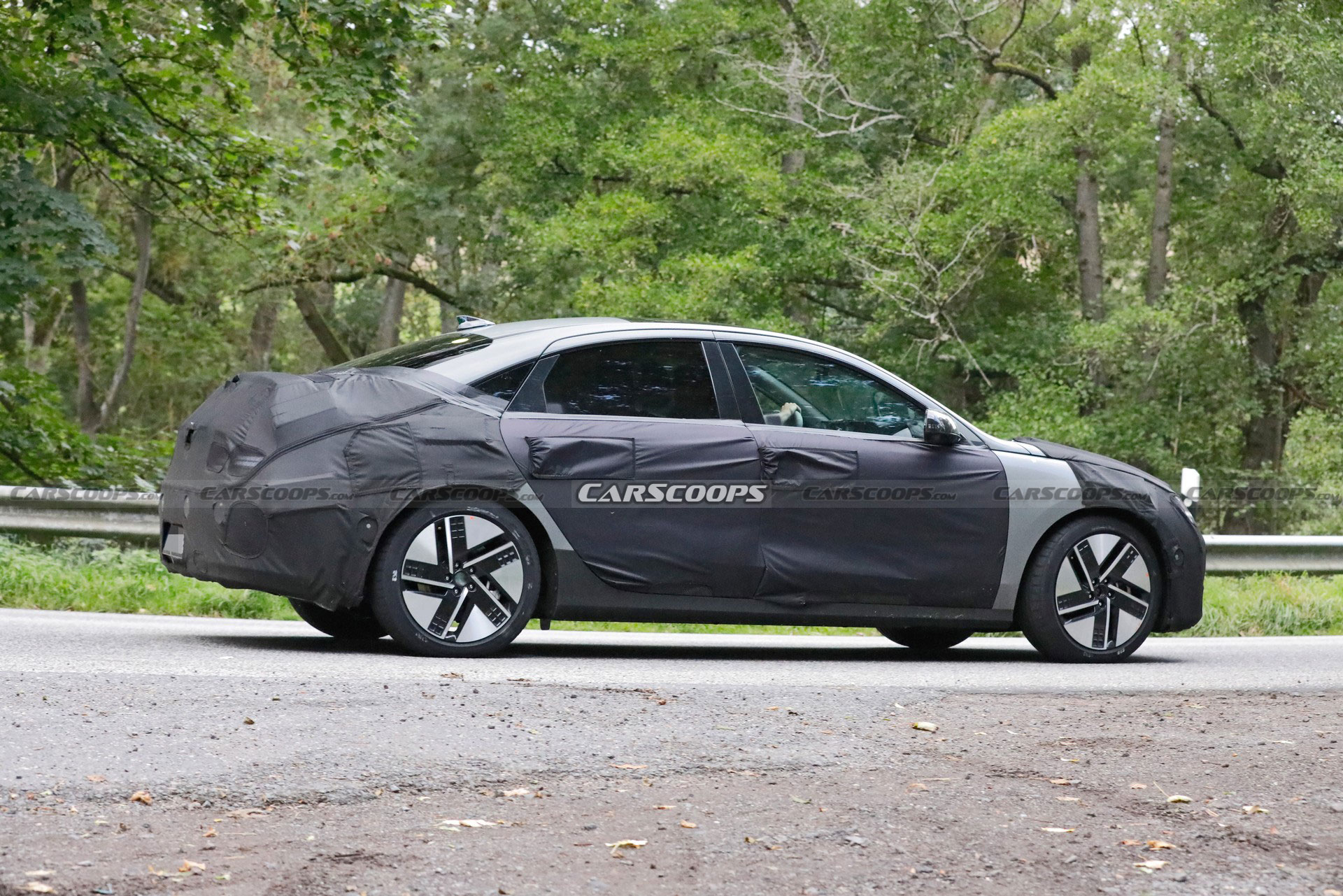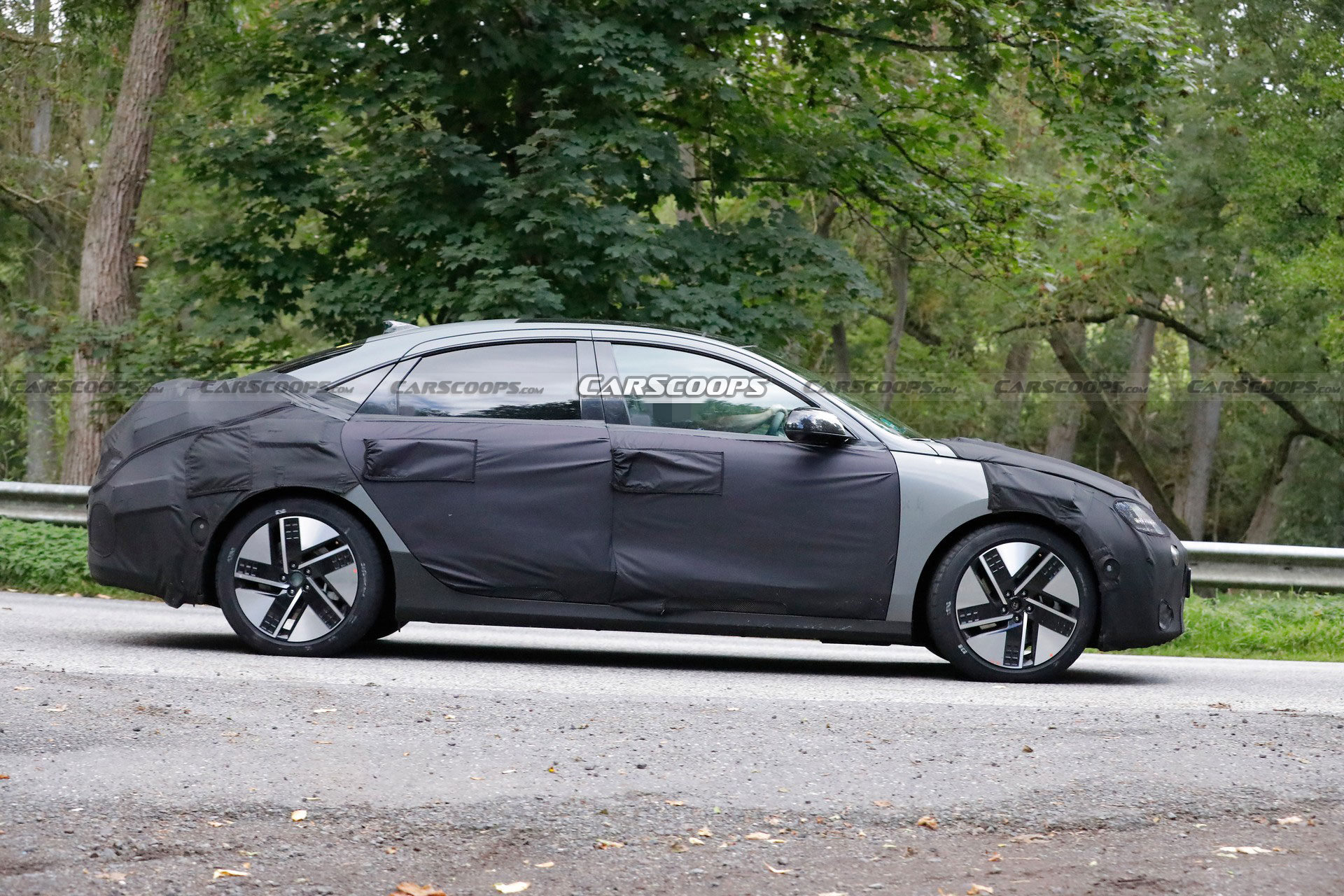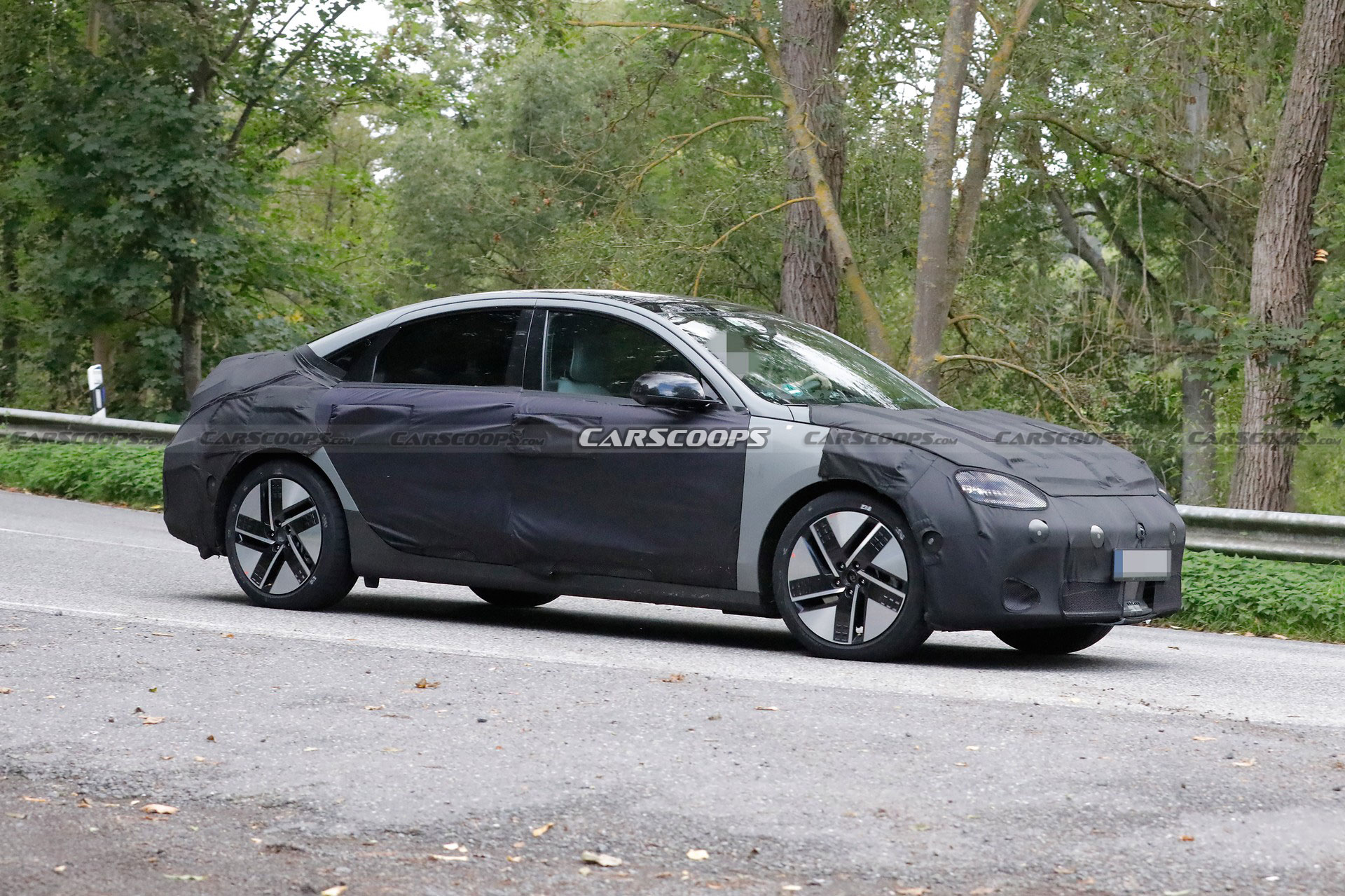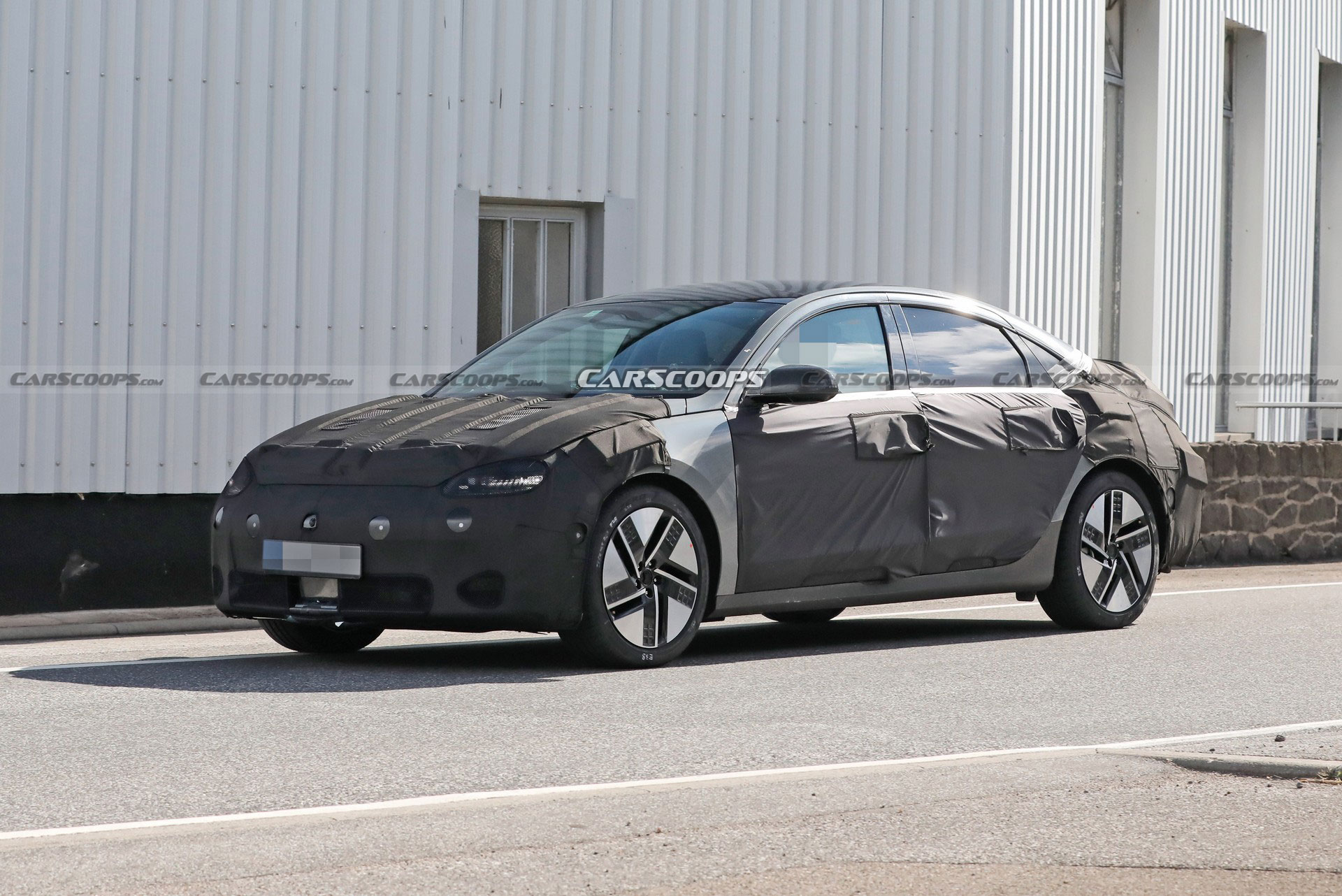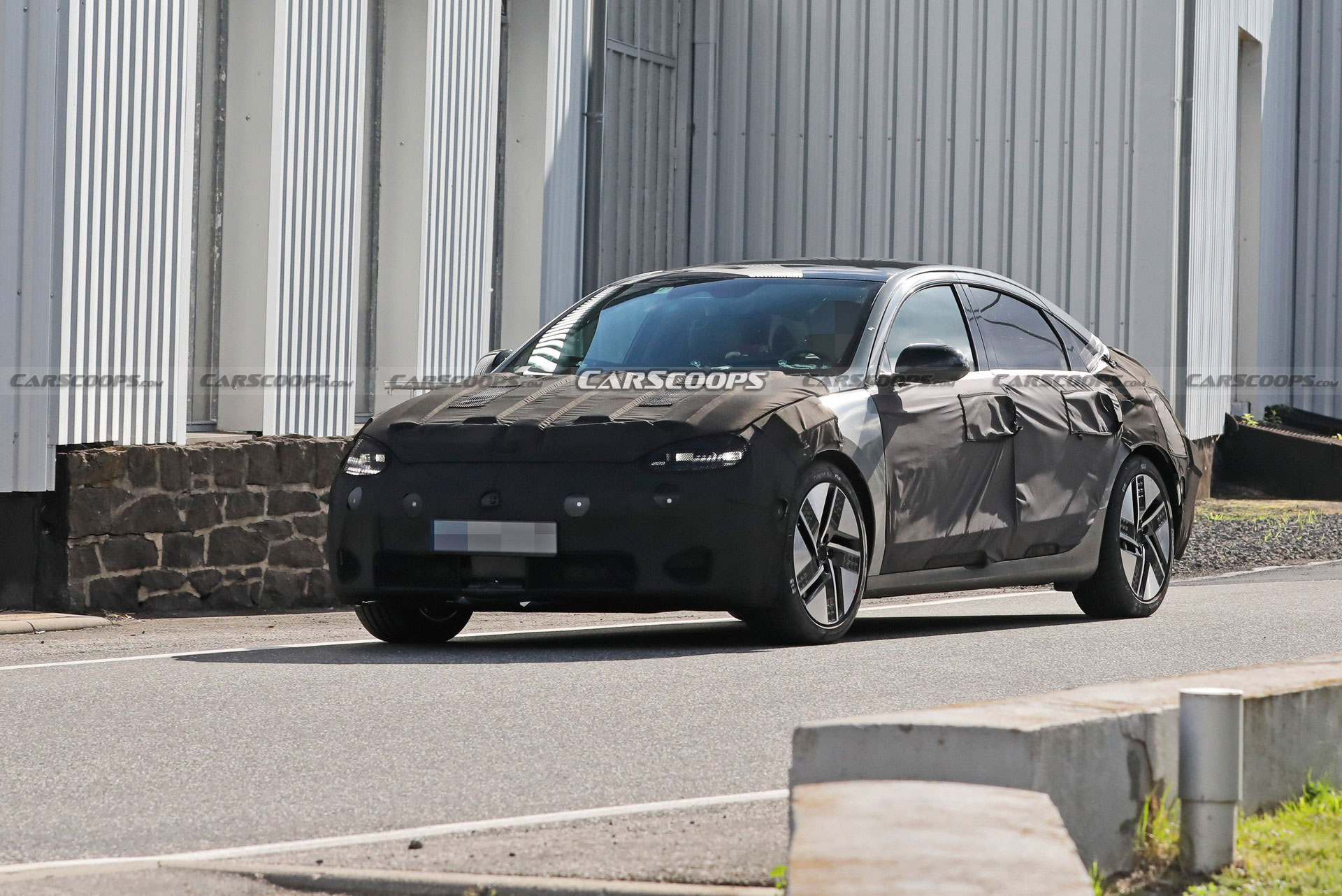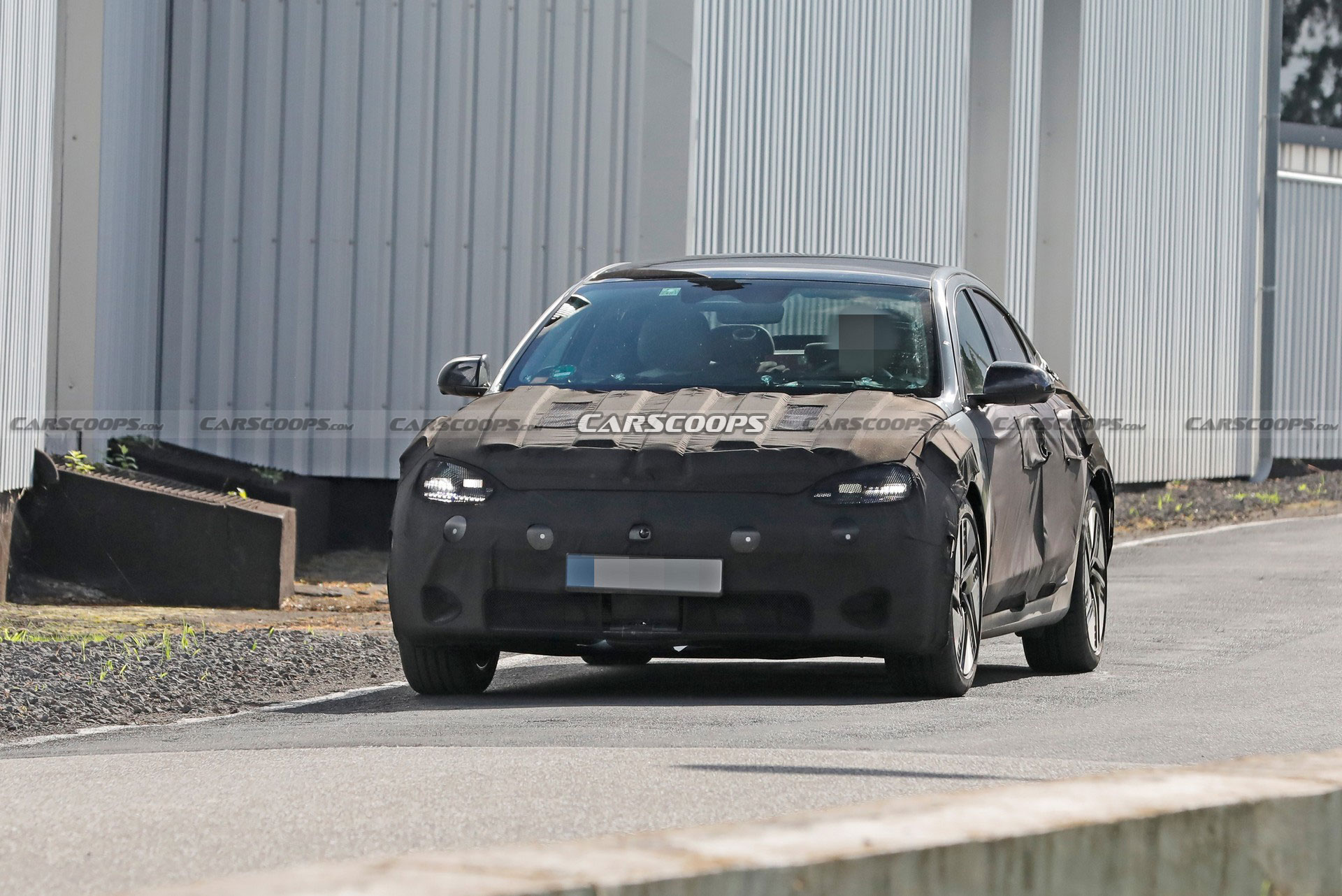This article contains independent illustrations based on Hyundai’s original Prophecy Concept, pre-production prototypes we’ve spied over the past few months, as well as information we’ve obtained from our sources. The renderings were designed by CarScoops’ artist Josh Byrnes and they are neither related to nor endorsed by Hyundai.
Remember last year’s stunning Hyundai Prophecy concept? Well, we have great news. The South Korean automaker is putting the slick Porsche-style sports sedan concept into production, and it comes with some seriously impressive electric credentials.
The not-so-great news? They’ve done a Subaru – aka the old concept to production bait-and-switch as it’s transition is more Mercedes-esque than Porsche-esque. It is not all negative, though, as we’ve digitally uncloaked its styling and delve into everything else it will offer. Let’s explore further.
See: Everything We Think We Know About Ferrari’s First Ever SUV, The Purosangue
Slick Appearances
While many will lament the toned-down styling, the Ioniq 6 is still one handsome sedan. Hyundai has employed its ‘optimistic futurism’ ethos, which embodies reductive design with clean surfacing and balanced lines.
At first glance, you’ll notice the proportions are more conventional with a taller greenhouse, shorter hood and cab-forward aesthetic. Like the Ioniq 5, the sedan features a parametric pixel LED lighting system, albeit with a curvier profile. The suicide rear doors of the conept will be replaced by conventional ones, while some markets will have the option of digital side-view cameras instead of mirrors.
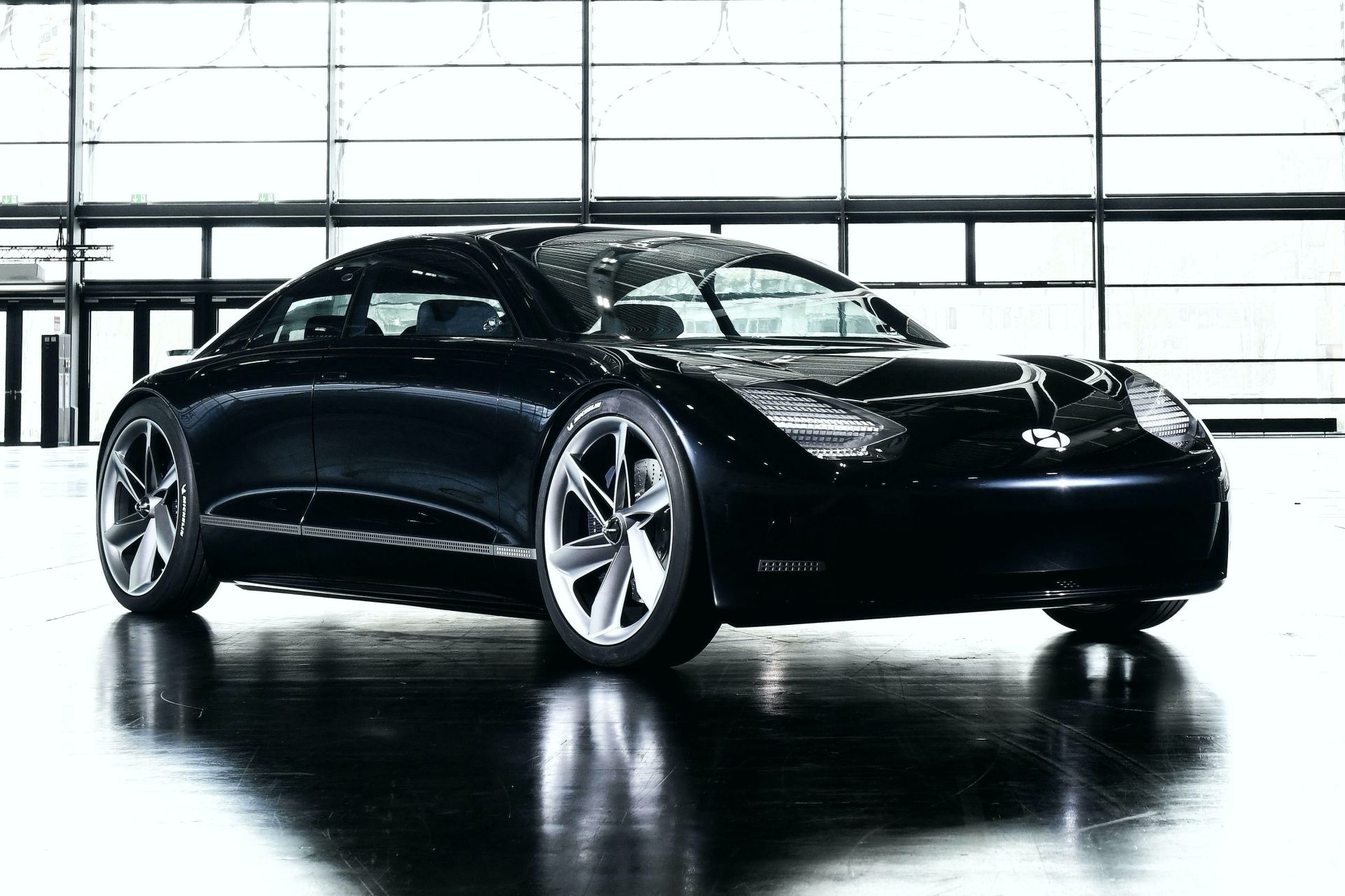
Hyundai gave us our first glance at the Ioniq 6 through the handsome Prophecy Concept back in early 2020
While large, propeller-inspired alloy wheels help cement its sporty stance, the Ioniq 6’s most significant talking point is arguably the Mercedes-Benz EQS-like rear. Here, it sports a sloping decklid, an integrated rear spoiler with full-width LEDs and wedge-shaped pixel tail lights.
A Spacious Cockpit
Hyundai is kicking convention to the curb when it comes to their latest interiors. It’s a bold strategy encompassing sustainable materials in conjunction with unique design, which in this case, is expected to be closer to the existing Ioniq 5 crossover than the concept study. Noteworthy aspects of the Ioniq 6 will include fluid cabin aesthetics with sea shell-inspired door cards, contrasting color schemes and impressive occupant space.
See Also: Peeling The Covers Off The 2025 Audi A8 e-tron Flagship Luxury Sedan
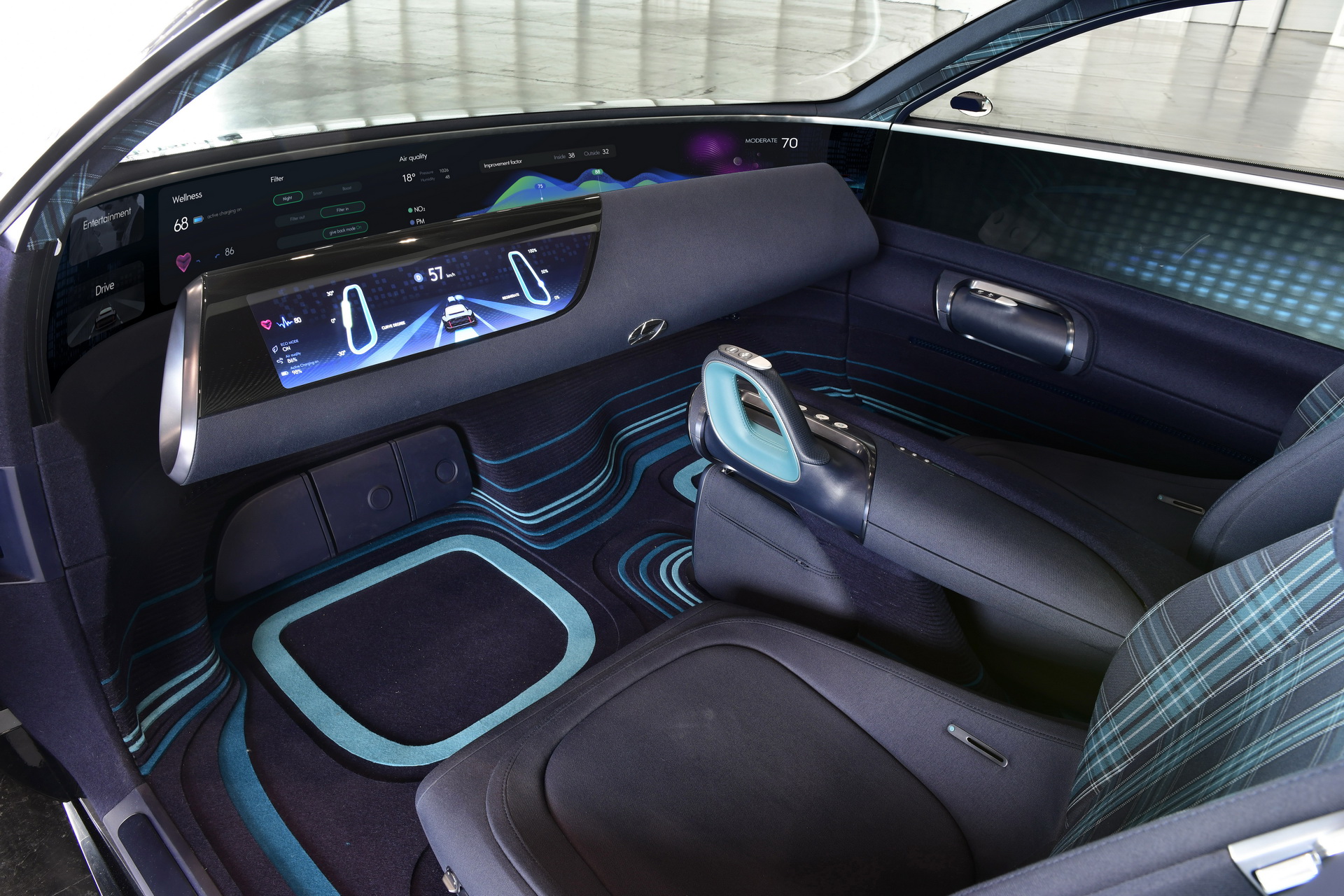
While the Prophecy Concept strongly hinted at the production model’s exterior styling, the same cannot be said about its futuristic interior which won’t be carried on in the Ioniq 6 that’s expected to borrow elements from the Ioniq 5 pictured below
Technological highlights will include a 12-inch digital instrument cluster and widescreen infotainment display, Apple CarPlay and Android Auto, a heads-up display with augmented-reality navigation and advanced voice recognition. It will also come with driver assist systems such as Level 2 autonomous driving (Highway Assist 2), lane-departure warning and lane-keeping assist, blind-spot view monitor, rear cross-traffic alert, surround-view monitor and remote park assist.
Platform & Powertrain
The Ioniq 6 rides on Hyundai Motor Group’s E-GMP platform shared with other EVs from Hyundai, Kia and Genesis. It also features the same MacPherson front suspension, multi-link rear and integrated drive axle (IDA) as the Ioniq 5.
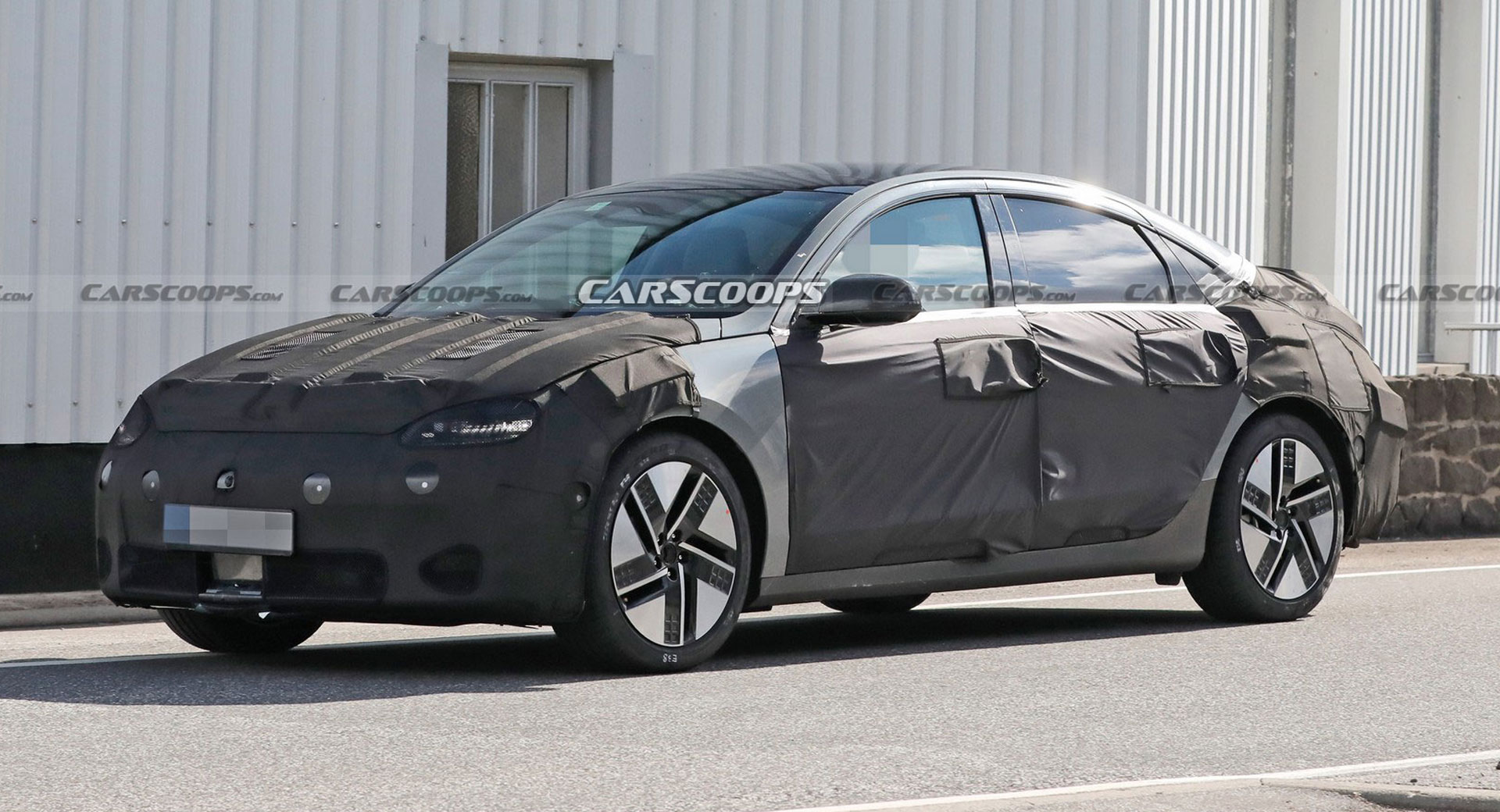
One of the biggest changes on the Ioniq 6 prototype seen here will be the conventional rear doors instead of the suicide-style doors on the Prophecy Concept
There will be two powertrain options, with a single or dual motors, with the latter being all-wheel-drive. The single motor variant will produce around 215 hp (160 kW), and the dual-motor offering pumps out a combined 308 hp (230 kW). While not blistering fast, it should enable a 0-60 sprint in under 5 seconds.
A 73 kWh battery pack will yield a range over of 300 miles (483 km). The 800-volt system will allow DC fast-charging up to 350 kW, with a 10 to 80 percent recharge taking only 18 minutes. Vehicle to Load (V2L) technology is also likely to be offered, enabling charging to electrical equipment.
Rivals & Reveal
Indications are that the Ioniq 6 could eventually replace the Sonata as Hyundai’s mid-sized sedan. No surprises here, as the industry ramps up its transition away from internal combustion engines. The EV shakeup is also blurring the lines in the market, pitting everyone against each other, often regardless of the badge or perceived prestige. As such, and depending on the price, potential rivals could include the Tesla Model 3, BMW i4 and Polestar 2.
Hyundai has indicated a late 2022 launch for the Ioniq 6. However, scantily-clad prototypes suggest a reveal could spring earlier than expected. In 2024 it will be supplemented by the Ioniq 7, an electric family-focused large SUV.
What do you think of the Ioniq 6’s shapely appearance? Share your thoughts in the comments below.








